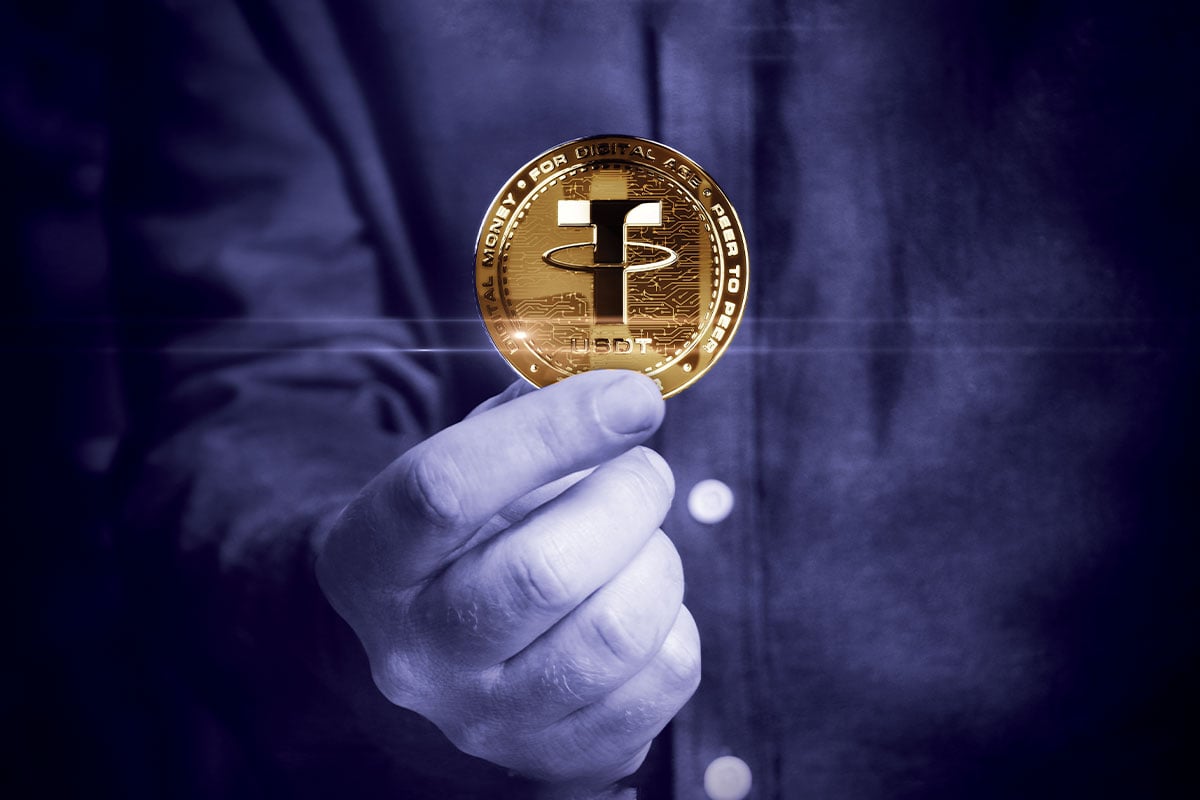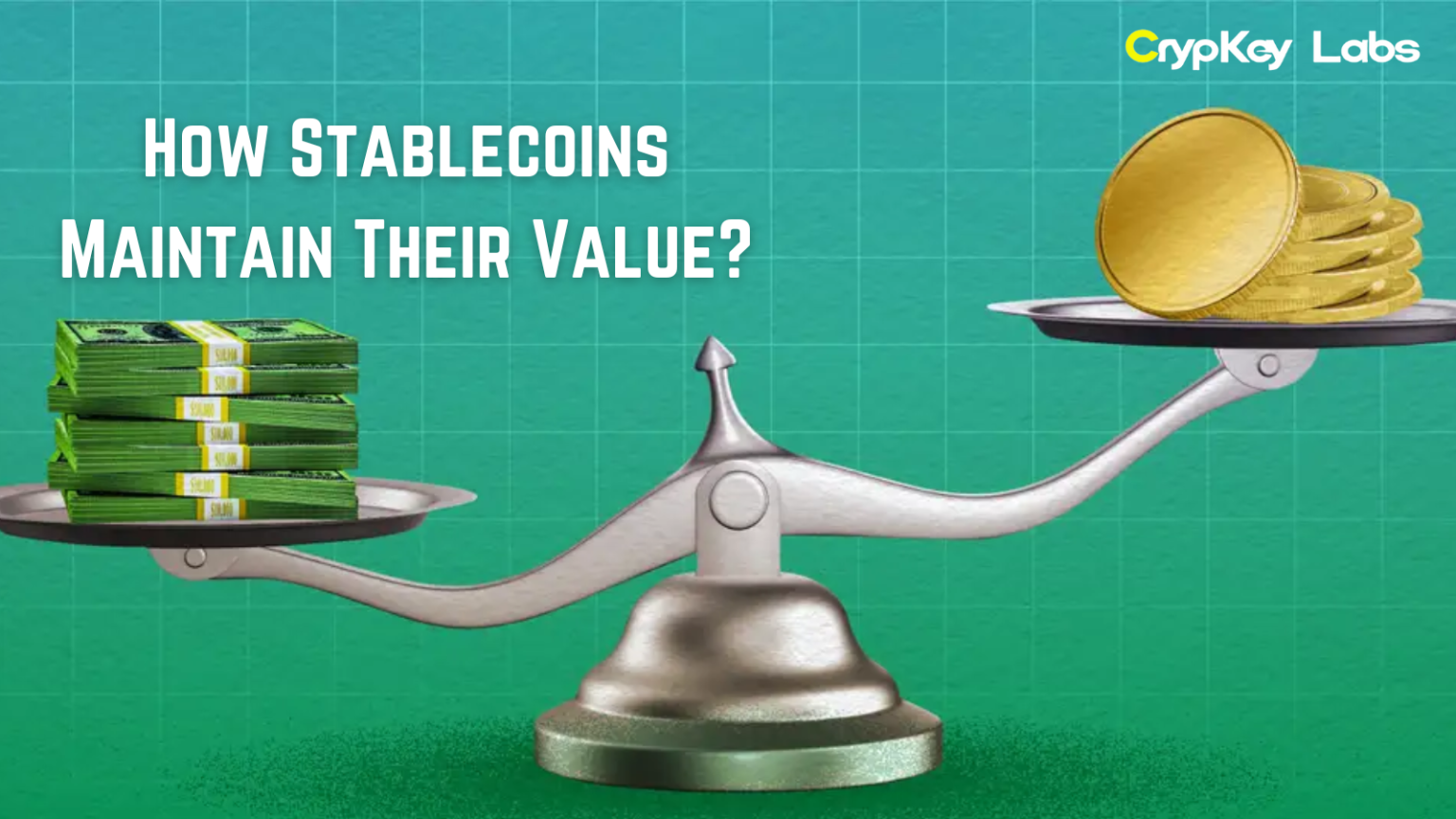If you’ve dipped your toes into the world of cryptocurrency, you’ve probably come across stablecoins. They’re the unsung heroes of the crypto world, providing a bridge between the volatility of digital currencies like Bitcoin and the stability of traditional finance. But have you ever wondered how these digital assets manage to maintain their value? Let’s break it down and explore why stablecoins are such a big deal.
What Are Stablecoins?
Stablecoins are a type of cryptocurrency designed to hold their value steady over time. Unlike Bitcoin or Ethereum, whose prices can swing wildly within hours, stablecoins are pegged to more stable assets like fiat currencies (think USD or EUR), commodities, or even algorithms. This makes them perfect for traders, businesses, and anyone who needs stability in the otherwise volatile crypto market.
Key features of stablecoins include:
- Price Stability: Their main selling point.
- Blockchain-Based: They operate on decentralized networks.
- Pegged to External Assets: Stability comes from being tied to assets like the US Dollar, gold, or even other cryptocurrencies.
Some of the most popular stablecoins you’ve probably heard of are Tether (USDT), USD Coin (USDC), and DAI.
Types of Stablecoins
Not all stablecoins are created equal. They’re categorized based on what keeps their value stable. Here are the main types:
1. Fiat-Collateralized Stablecoins
- These are backed 1:1 by fiat currencies held in reserve. For every stablecoin issued, there’s an equivalent amount of USD or other fiat currency sitting in a bank.
- Examples: Tether (USDT), USD Coin (USDC).
- Why they’re popular: Simple and straightforward, they offer a high level of trust (as long as the reserves are audited!).
2. Crypto-Collateralized Stablecoins
- These are backed by cryptocurrencies instead of fiat. To account for crypto’s volatility, they’re often over-collateralized.
- Example: DAI, backed by Ethereum and managed by smart contracts.
- Why they’re unique: Decentralized and trustless, but they can still be affected by crypto market swings.
3. Algorithmic Stablecoins
- No reserves here! Instead, these stablecoins use algorithms and smart contracts to maintain their price by adjusting supply and demand.
- Examples: TerraUSD (UST, before its collapse), FRAX.
- Why they’re innovative: Fully decentralized and reliant on market mechanisms, but risky due to potential de-pegging.
4. Commodity-Backed Stablecoins
- These are tied to physical assets like gold or oil.
- Example: PAX Gold (PAXG), which is pegged to the price of one troy ounce of gold.
- Why they’re valuable: They provide stability and are a great hedge against inflation.
How Stablecoins Maintain Their Value
Stablecoins may seem simple, but there’s some serious engineering behind how they maintain their value. Let’s dive into the mechanisms:
Fiat-Collateralized Stablecoins
- These rely on reserves of fiat currency held in banks or trusted financial institutions.
- For example, if 1 USDT is issued, Tether holds $1 in reserves.
- Regular audits are supposed to ensure transparency, but controversies around insufficient reserves have raised eyebrows in the past.
Crypto-Collateralized Stablecoins
- These are backed by cryptocurrencies held in smart contracts. Since crypto can be volatile, these stablecoins are often over-collateralized. For example, $1 of DAI might require $1.50 worth of ETH as collateral.
- Smart contracts monitor and manage the collateral to ensure the stablecoin remains pegged.
Algorithmic Stablecoins
- Algorithms handle the supply and demand to stabilize the price.
- For example, if the price of an algorithmic stablecoin rises above $1, the system mints more coins to increase supply and lower the price. If it falls below $1, coins are burned to reduce supply and increase the price.
- While innovative, these mechanisms are complex and can fail spectacularly, as we saw with TerraUSD (UST).
Commodity-Backed Stablecoins
- These are tied to tangible assets like gold, with each stablecoin representing a specific quantity of the commodity.
- Their value stability depends on the underlying asset’s price, which can fluctuate but is generally more predictable than cryptocurrencies.
Challenges and Risks
While stablecoins sound great, they’re not without their issues. Here are some of the challenges they face:
Transparency and Audits
- Fiat-collateralized stablecoins often claim to have reserves, but what happens when audits aren’t conducted regularly or aren’t transparent? This erodes trust in the ecosystem.
Market Volatility
- Crypto-collateralized stablecoins can suffer if the underlying cryptocurrency’s value drops sharply, leading to a risk of under-collateralization.
Regulatory Scrutiny
- Governments and financial regulators worldwide are keeping a close eye on stablecoins. Some worry they could destabilize traditional financial systems or be used for illicit purposes.
Algorithmic Failures
- Algorithmic stablecoins are innovative but risky. De-pegging events, where the stablecoin loses its $1 peg, can lead to a loss of trust and value, as seen with the TerraUSD collapse.
Real-World Applications
Stablecoins are more than just a way to store value. They’re revolutionizing various industries. Here’s how they’re being used:
- Hedging Against Volatility: Traders use stablecoins to protect their portfolios during market downturns.
- Cross-Border Payments: Stablecoins enable fast, low-cost international transactions compared to traditional banking systems.
- Decentralized Finance (DeFi): Many DeFi platforms rely on stablecoins for lending, borrowing, and yield farming.
- On-Ramping Fiat to Crypto: Stablecoins make it easier for people to enter the crypto market without worrying about volatility.
The Future of Stablecoins
Stablecoins are here to stay, but their future is still being shaped. Here are some trends to watch:
- Growth and Adoption: As more people enter the crypto space, the demand for stablecoins will likely increase.
- Central Bank Digital Currencies (CBDCs): Stablecoins could pave the way for government-backed digital currencies, blending the best of both worlds.
- Regulatory Frameworks: Clearer regulations will help legitimize stablecoins and address concerns around transparency and risk.
- Innovation: Expect to see new stablecoin models and technologies that address existing challenges and improve efficiency.
Conclusion
Stablecoins have become a cornerstone of the cryptocurrency ecosystem, bridging the gap between traditional finance and the fast-paced world of blockchain. By pegging their value to external assets and using innovative mechanisms, they provide much-needed stability in an otherwise volatile market. However, transparency, regulation, and innovation will be key to their continued success. Whether you’re a trader, a business, or a casual crypto enthusiast, stablecoins offer a glimpse into the future of finance—stable, accessible, and decentralized.
So, the next time someone asks you, “How do stablecoins maintain their value?” you’ll have the perfect answer ready!







